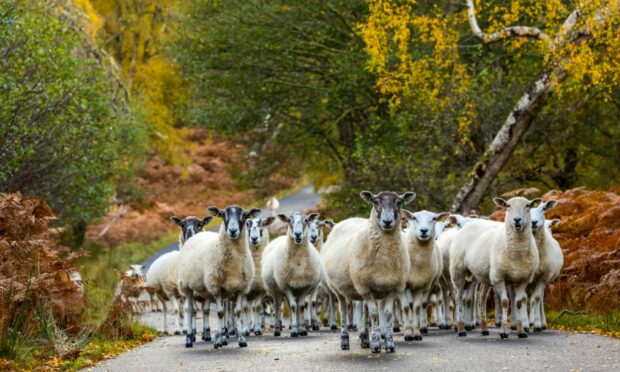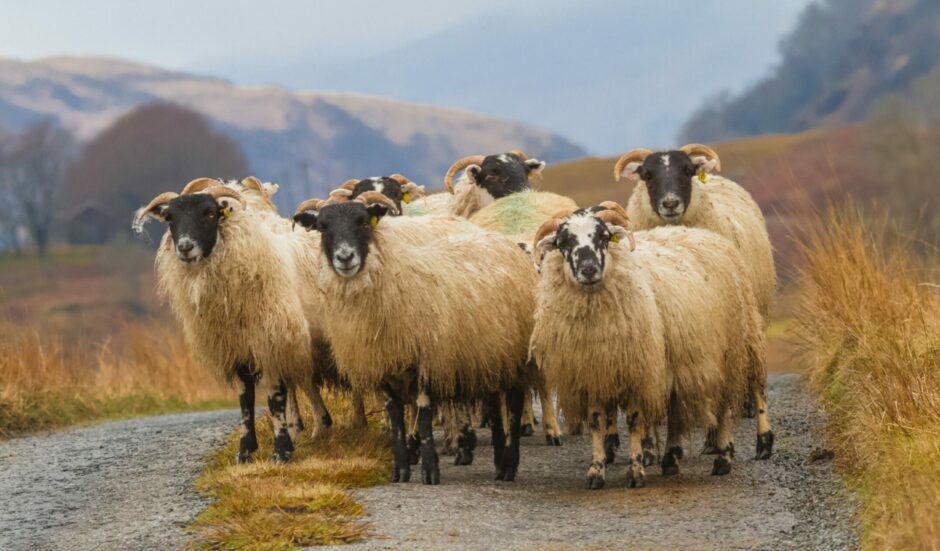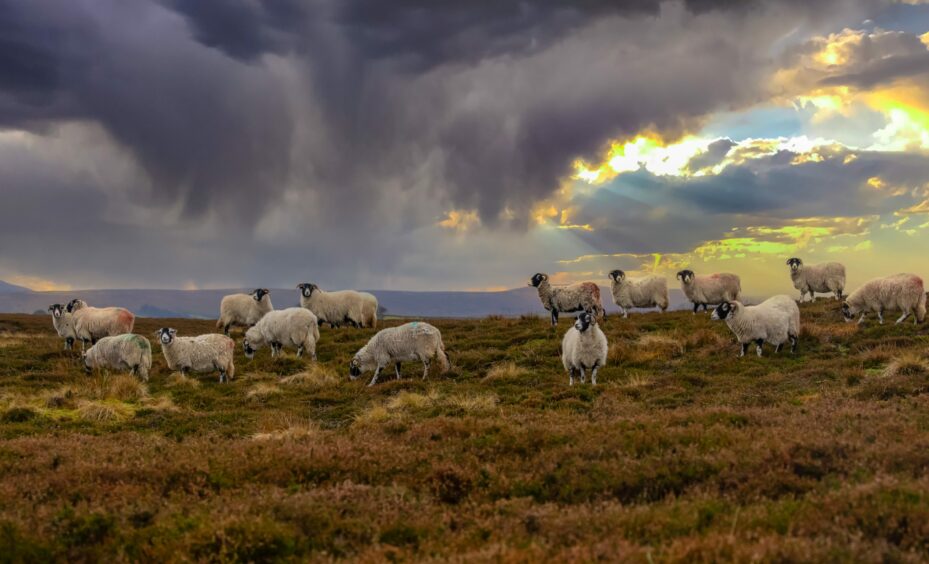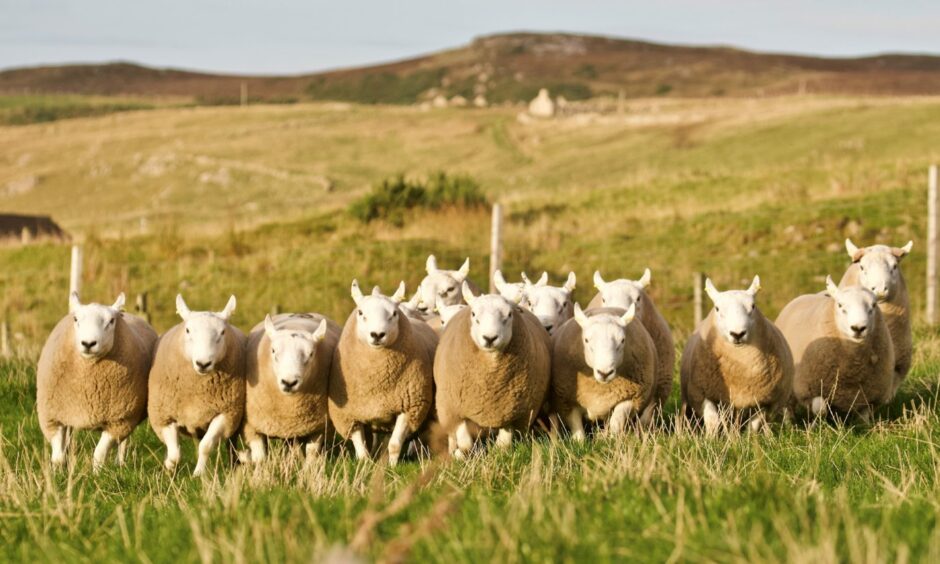I have mentioned before that my team are involved in a range of EU-funded projects, some of which help sheep farmers from different countries learn practical lessons from each other that can be adapted and used to improve best practice on their farms.
EuroSheep is one such project led by Idele, the French Livestock Institute.
It consists of ourselves and nine partners drawn from the six major EU sheep producing countries (France, Greece, Hungary, Ireland, Italy, Spain) together with the United Kingdom and Turkey.
The project has two main goals.
The first is to assess how best to improve individual ewe and flock performance through improved management of animal health.
The second is to consider how an enhanced focus on the nutritional needs of the animals can help reduce annual feed costs.
I highlighted in May that a group of farmers, advisors and vets – drawn from across the UK – discussed and agreed a short list of twelve potential solutions that they felt were of direct relevance to improving sheep nutrition and health.
These were then presented at an international workshop held online in June, where the 96 solutions collected from across all eight countries were considered and narrowed down to a list of 10.
This shortlist is now being taken back to the individual countries for consideration by each of the farmer groups.
Solutions
The five solutions which focused on improving nutrition included a tool developed in Ireland which can be used to calculate the amount of feed required during the rearing of replacement ewe lambs.
This uses the weight gain expected from different diets to forecast what type of diet is most cost-effective to ensure individual ewe-lambs should be fit for mating.
Another of the nutrition solutions is based around a mobile phone app that is being used by shepherds in Turkey to record where their flocks are grazing each day.
This helps prevent over-utilisation of pastures grazed in common with the flocks of others but does require the shepherds to be with their flocks each day.
The five solutions focused on improving the health of sheep flocks included a system developed in France which helps identify if resistance to wormers is occurring in a flock.
This compares faecal egg counts from treated and untreated animals before and after treatment to gauge whether the product is being effective in the treated animals.
Another health solution is a detailed biosecurity protocol developed in Ireland.
If this is followed it can reduce the transfer of parasites or diseases into flocks from bought-in replacement ewes or tups.
UK farmers
The follow-up meeting with UK sheep farmers took place 10 days ago.
They were not only asked which of the 10 solutions they thought might be most relevant on their own farms, but also if they would be willing to implement any of these on their farms during 2022.
The farmers involved have asked for more detailed information on some of the approaches before making any final decisions.
The project team will then liaise with the farmers throughout next year to assess how useful the farmers felt a solution was for their own circumstances.
Projects such as this are very reliant on having input from those managing sheep right from the start.
But those who do get involved are usually self-selecting in that they each have to choose to become involved.
But if any sheep farmer or crofter here in Scotland would like to know more about the approaches being investigated through EuroSheep, then do not hesitate to contact my colleague Claire Morgan-Davies who is leading on our input to the project at claire.morgan-davies@SRUC.ac.uk .



